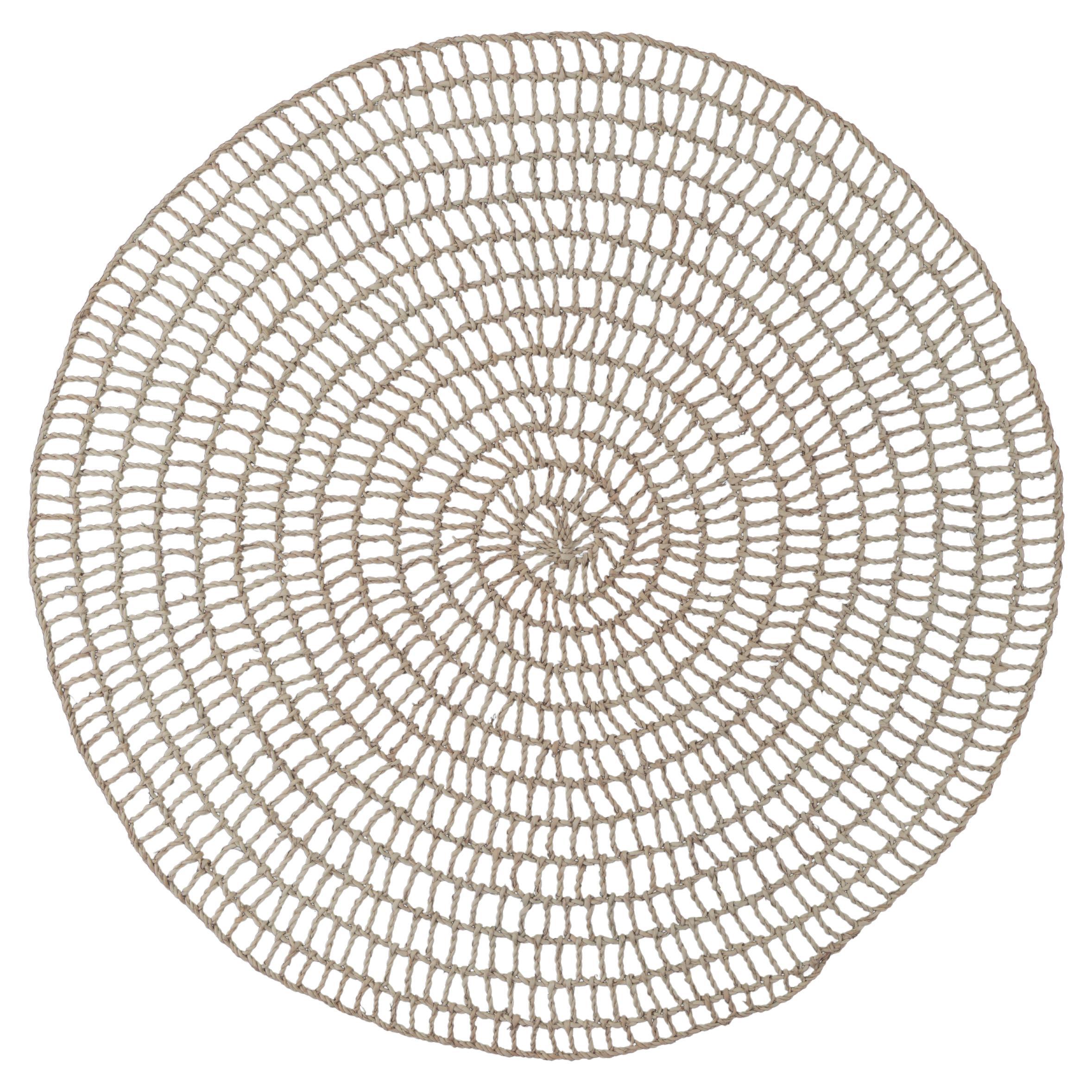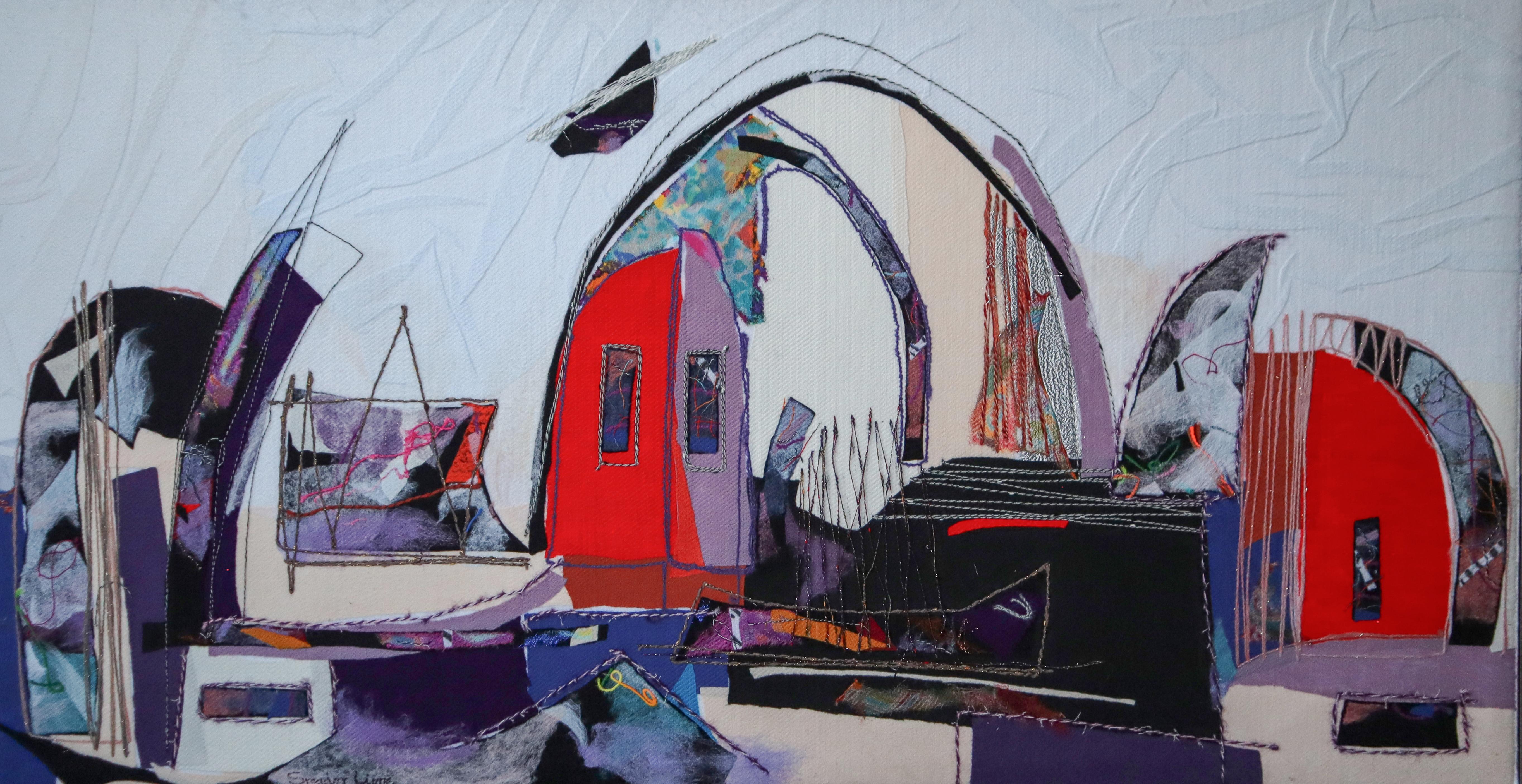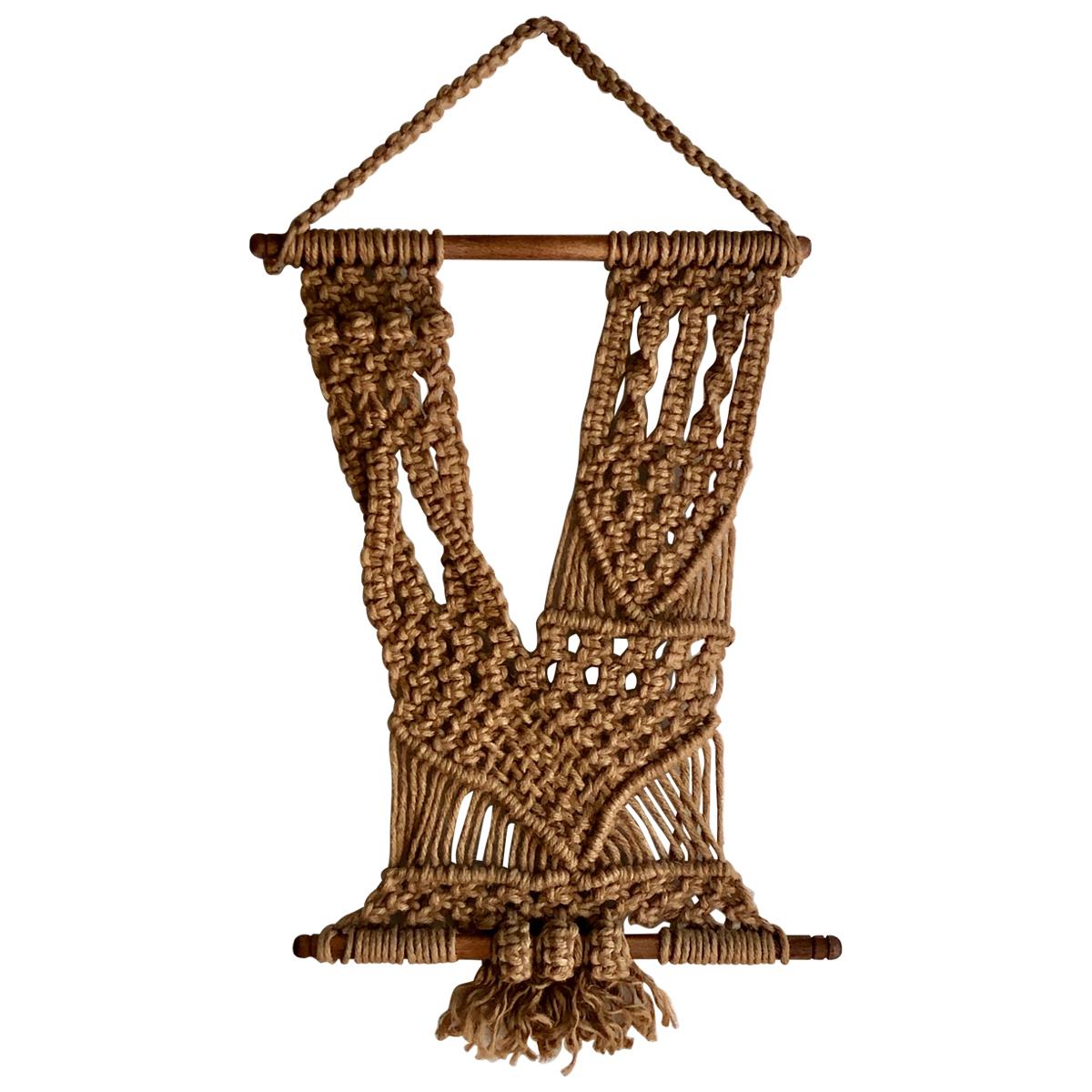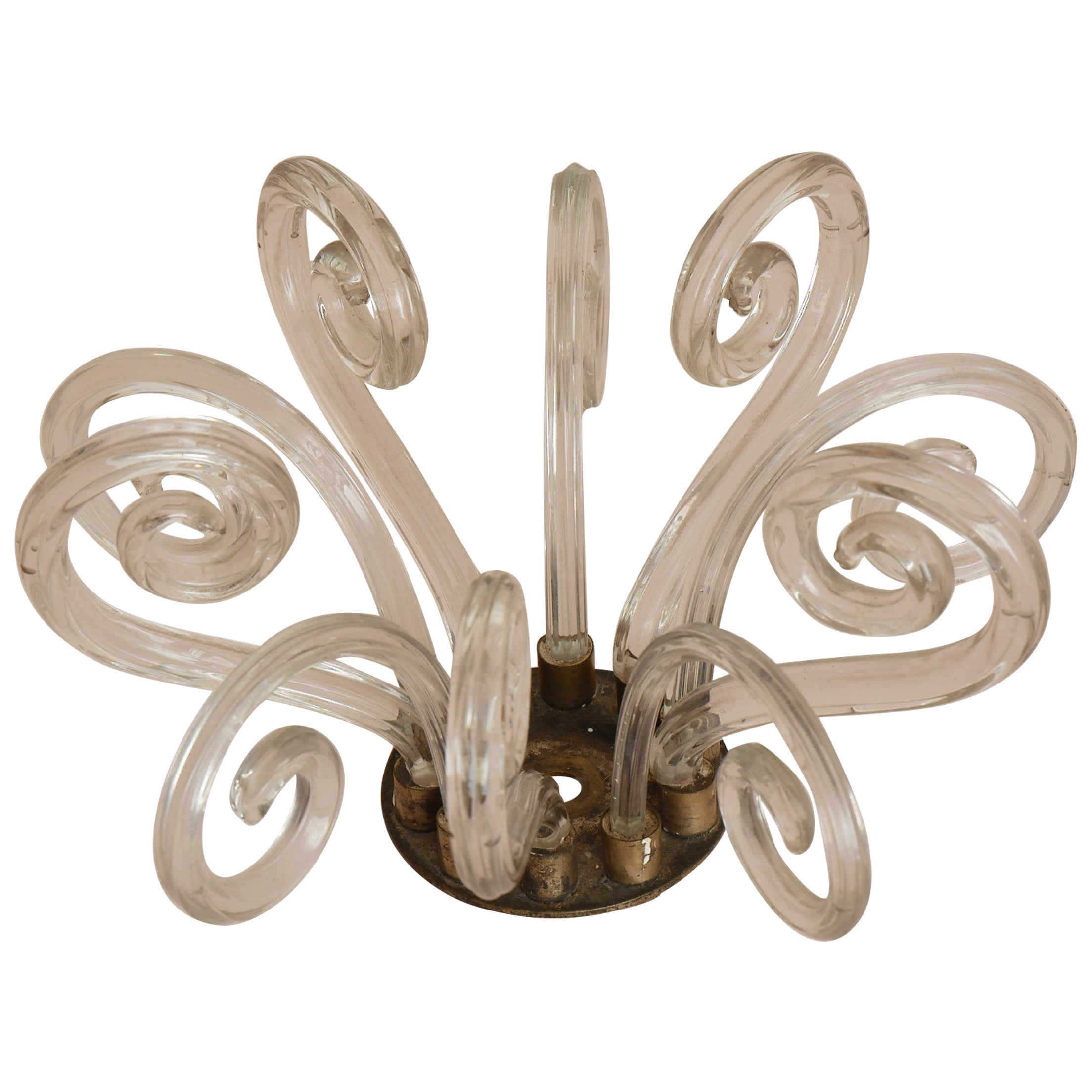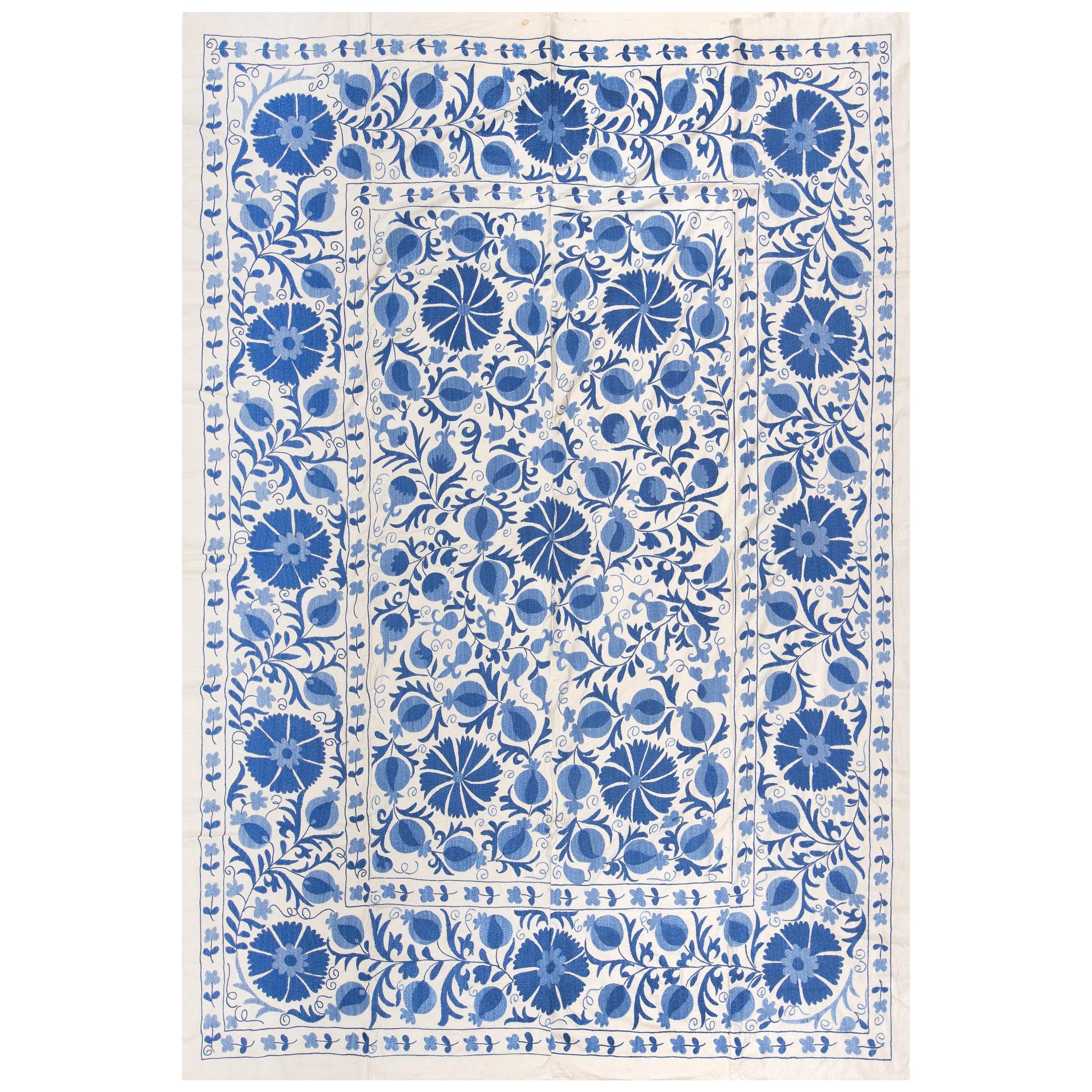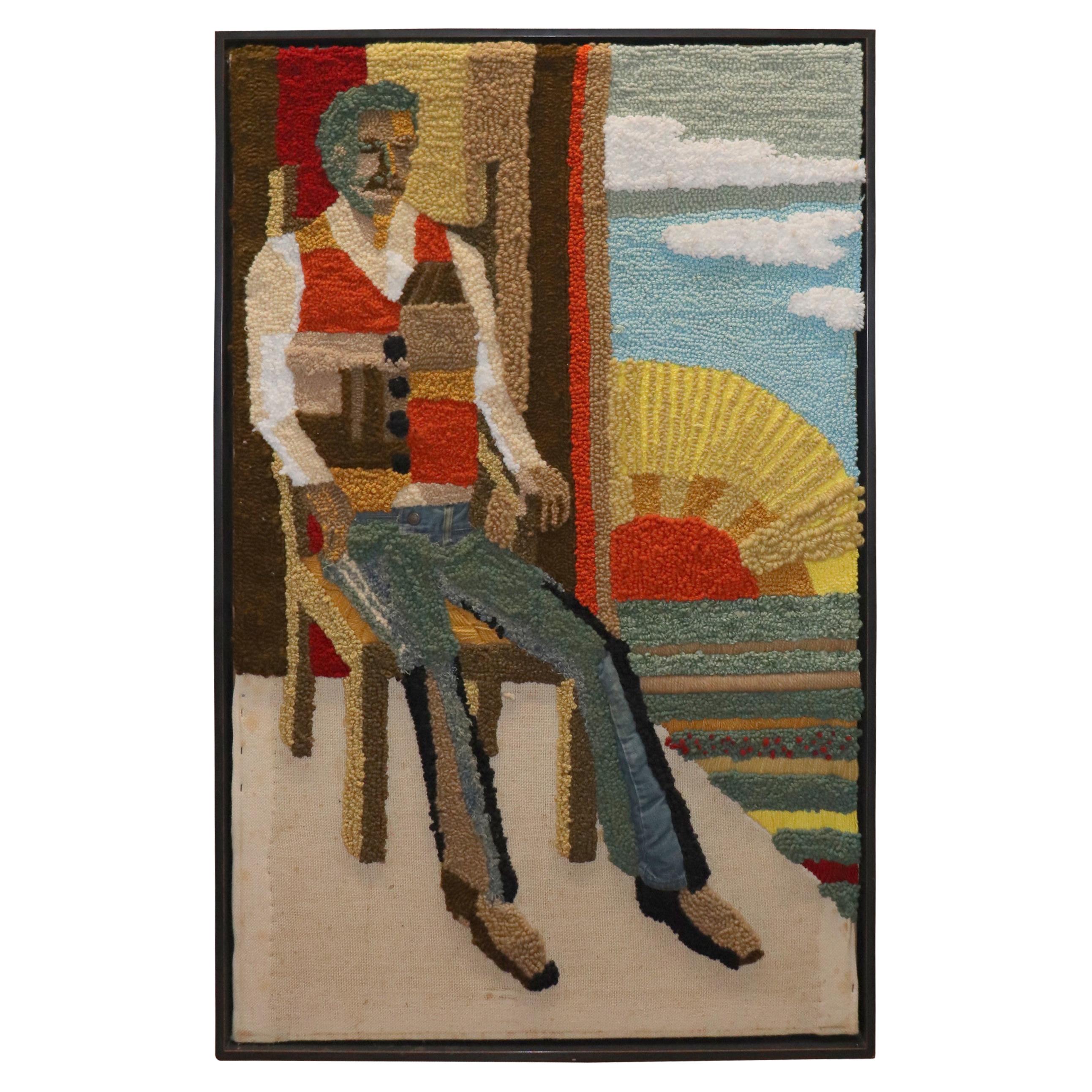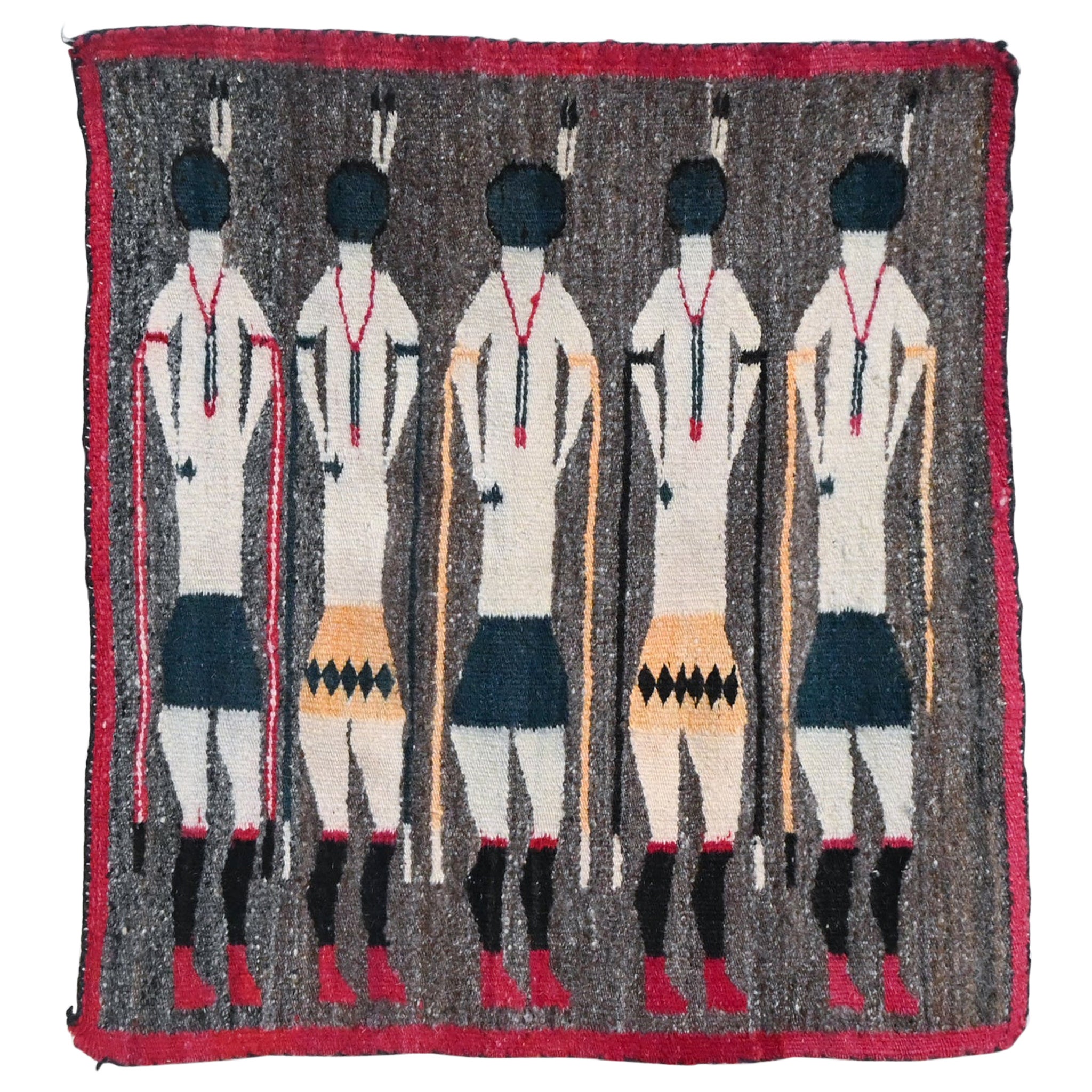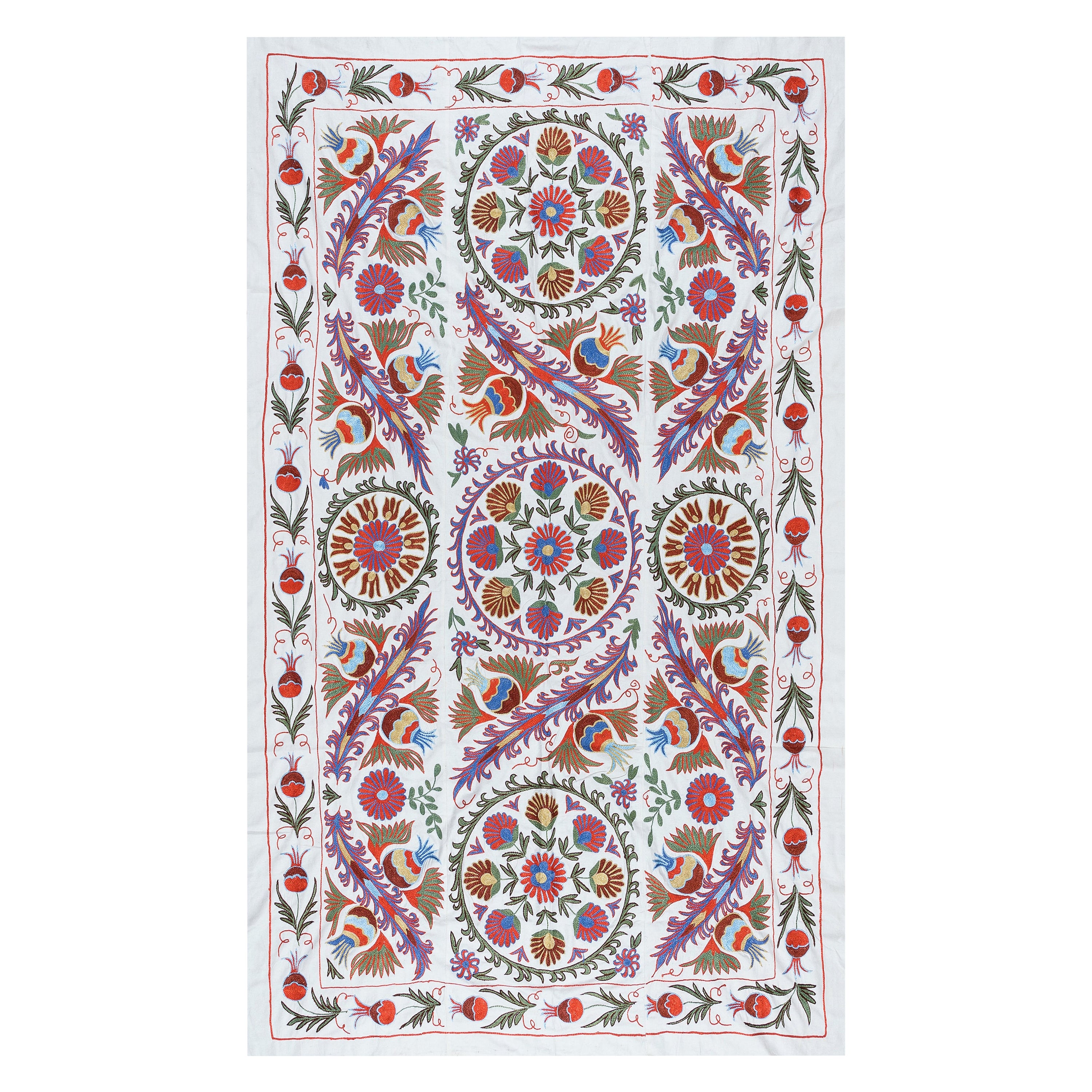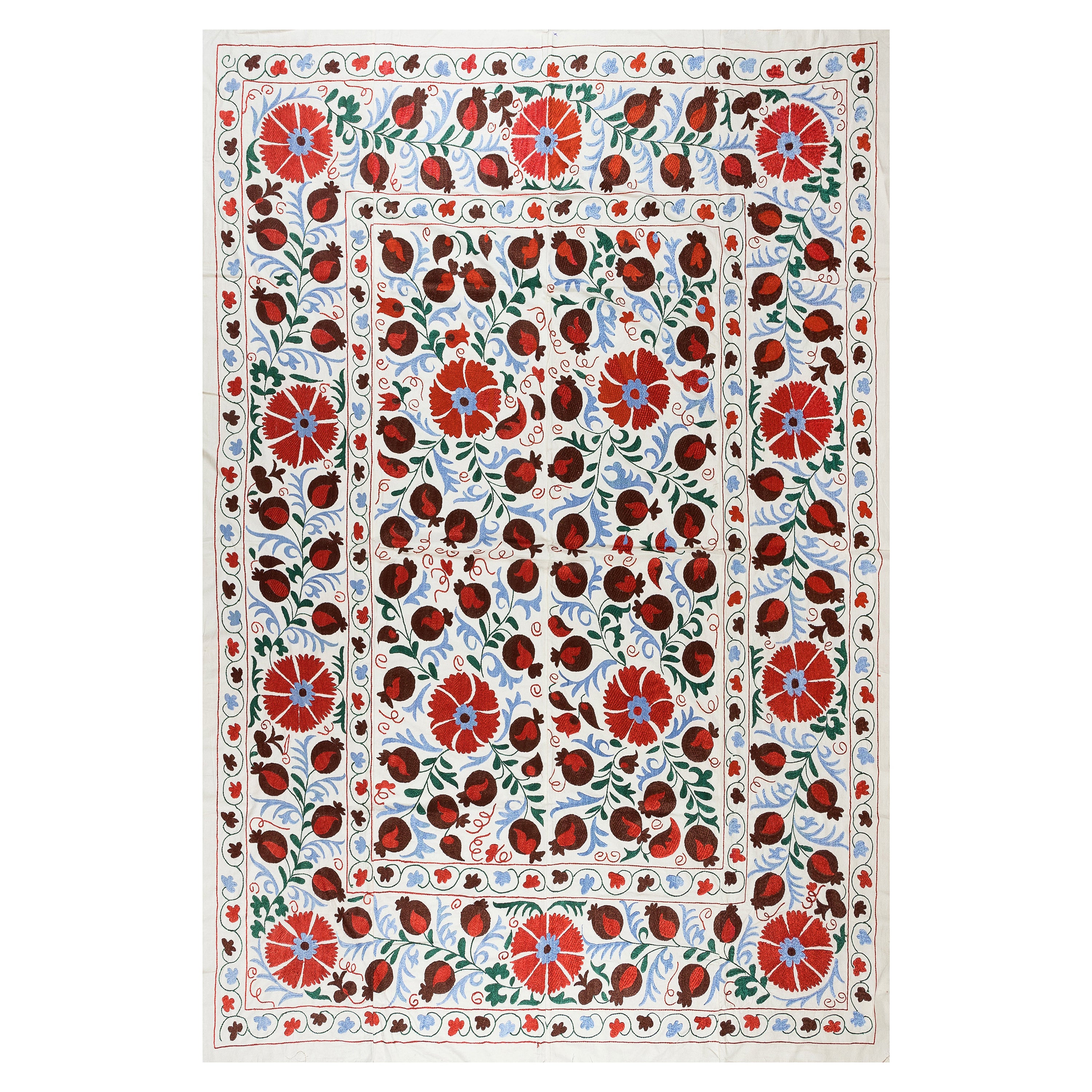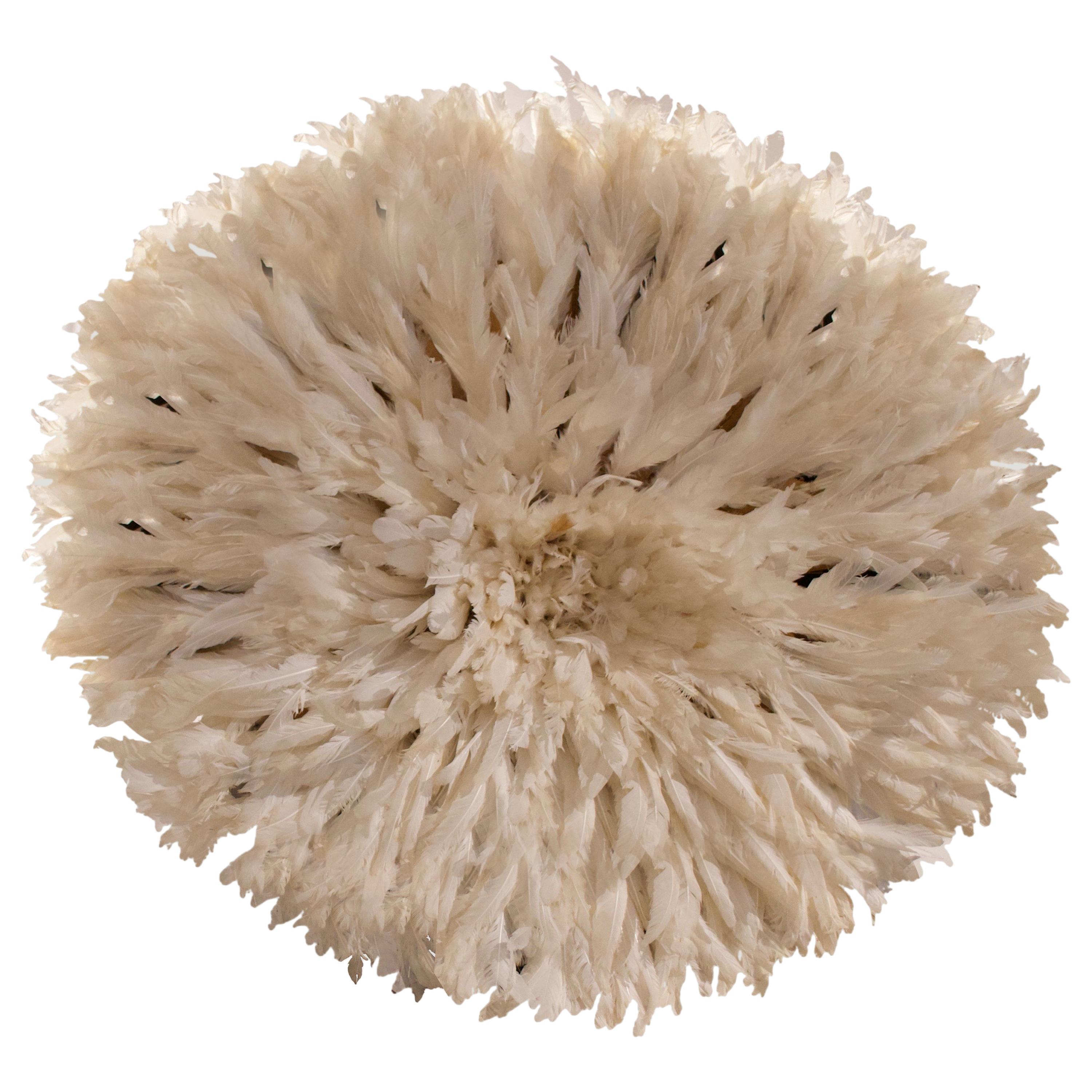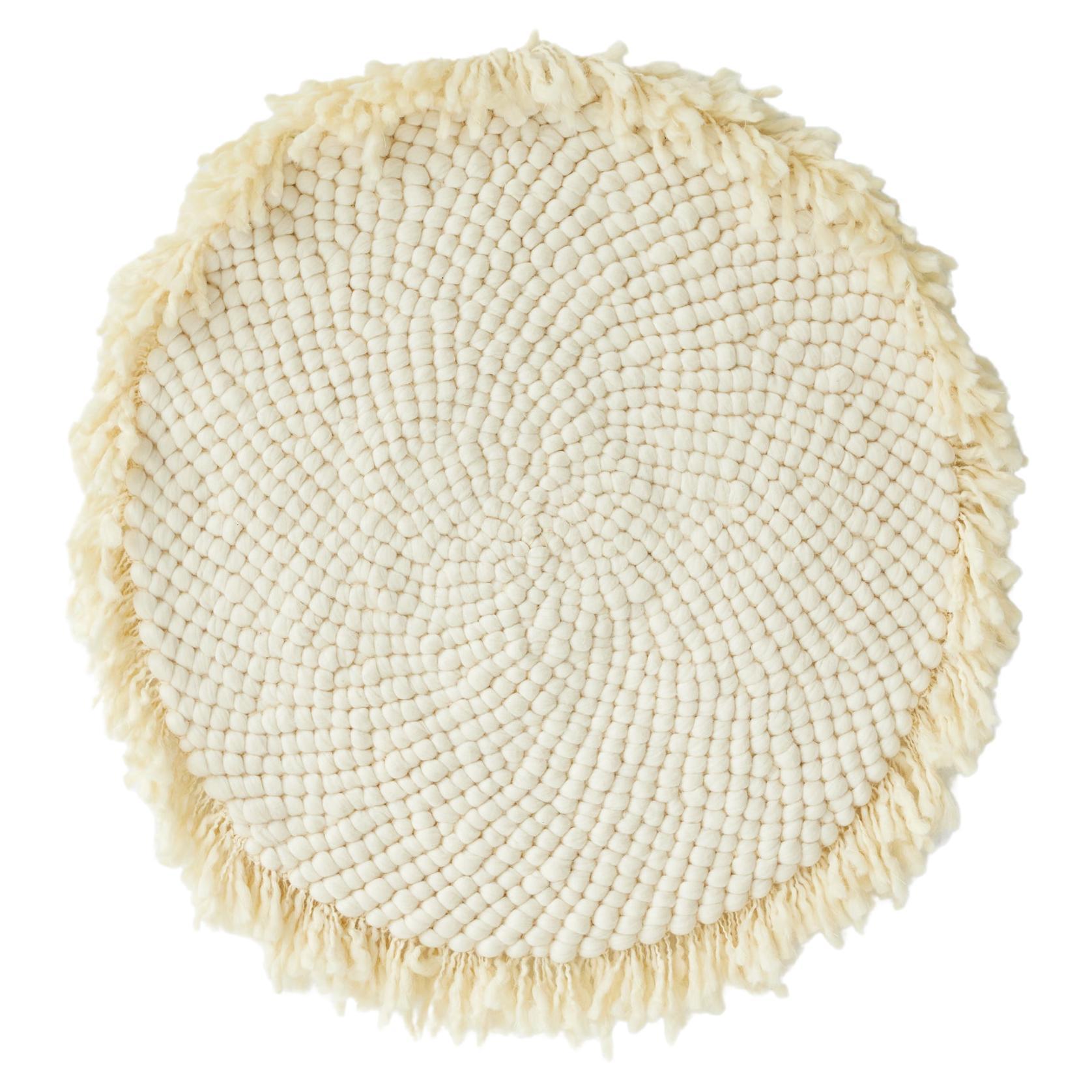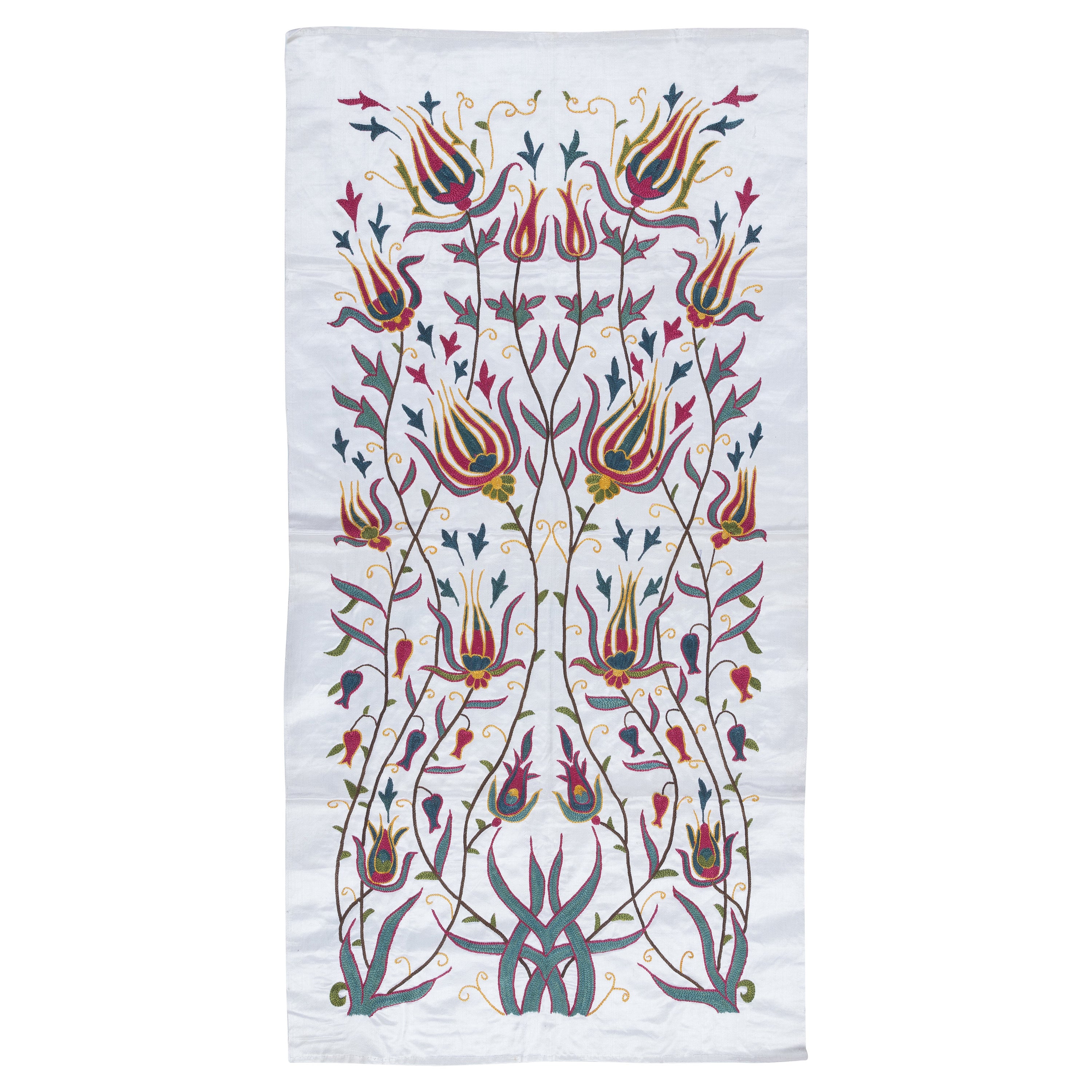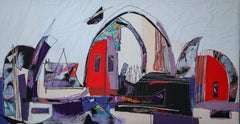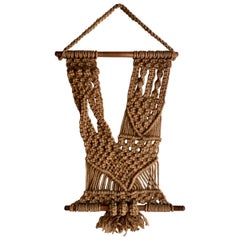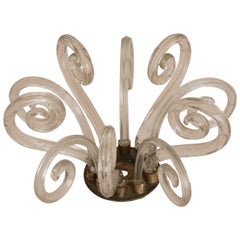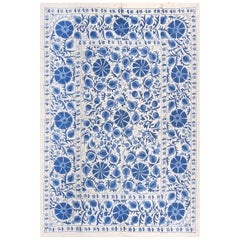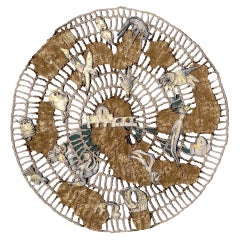
Wall Hanging Rug 6'7" : Ecological handmade weaving in natural fiber by meriem
View Similar Items
1 of 12
Wall Hanging Rug 6'7" : Ecological handmade weaving in natural fiber by meriem
$6,500List Price
About the Item
- Dimensions:Height: 78.75 in (200 cm)Diameter: 78.75 in (200 cm)
- Style:Modern (In the Style Of)
- Materials and Techniques:
- Place of Origin:
- Period:
- Date of Manufacture:2024
- Production Type:New & Custom(One of a Kind)
- Estimated Production Time:Available Now
- Condition:
- Seller Location:LES BERGES DU LAC, TN
- Reference Number:1stDibs: LU7488238330862
Authenticity Guarantee
In the unlikely event there’s an issue with an item’s authenticity, contact us within 1 year for a full refund. DetailsMoney-Back Guarantee
If your item is not as described, is damaged in transit, or does not arrive, contact us within 7 days for a full refund. Details24-Hour Cancellation
You have a 24-hour grace period in which to reconsider your purchase, with no questions asked.Vetted Professional Sellers
Our world-class sellers must adhere to strict standards for service and quality, maintaining the integrity of our listings.Price-Match Guarantee
If you find that a seller listed the same item for a lower price elsewhere, we’ll match it.Trusted Global Delivery
Our best-in-class carrier network provides specialized shipping options worldwide, including custom delivery.You May Also Like
Monumental Jewish Fiber Art Wall Hanging by Smadar Lavine
Located in Las Vegas, NV
This is an extremely large natural fiber art wall hanging by Jewish artist Smadar Livne.
Wall hanging is in MINT condition.
Smadar Livne, is an award-winning artist born and raise...
Category
20th Century Decorative Art
Materials
Felt, Natural Fiber
Midcentury Hanging Fiber Art
Located in Denton, TX
Unique midcentury handmade hanging fiber art.
Category
20th Century American Mid-Century Modern Tapestries
Materials
Natural Fiber
Handmade Decorative Glass Wall Hanging / Decoration
Located in Frederiksberg C, DK
This unique glass object is an art piece with it’s curvy shapes and playful look. Hand shaped glass mounted by hand on a metal plate this piece is ready for hanging on the wall or se...
Category
Vintage 1970s Danish Organic Modern Decorative Art
Materials
Metal
6.3x8.2 Ft Embroidered Wall Hanging in Cream & Blue, Handmade Suzani Bedspread
Located in Spring Valley, NY
In the most technical sense of the word, "Suzani," in Central Asia and Iran, means needle and is used to describe this type of needlework, but to most people, such as decorators or c...
Category
2010s Uzbek Suzani Textiles
Materials
Cotton, Silk
$899 Sale Price
35% Off
Free Shipping
Framed American Hook Rug Wall Hanging
Located in New York, NY
An American hooked rug mounted on a large frame with a man sitting on a chair. the material used on his pants are from raw denim jeans. Creative technique used by weaver. This piece ...
Category
20th Century American Country North and South American Rugs
Materials
Wool, Jute, Cotton
Yei Navajo Figural Double-Sided Flat Weave Wall Hanging, 1930 Round Heads
Located in Basingstoke, Hampshire
A Yei Navajo Figural double-sided flat woven wall hanging - circa 1930. Displaying five standing figures on an deep speckled grey ground, framed by a red border.
The Yei iconography is related to Navajo religious sandpaintings. Navajo religion has a reverence for nature and is based on maintaining a balance in the universe. It was believed that there was a sense of harmony needed to maintain a healthy life. Should an individual do something to upset this balance, then it was believed that an illness might befall them. Much like in the modern-day, a medicine man was hired to help regain this harmony. The remedy involved a combination of chanting, herbal medicines and a sandpainting ritual. Various coloured sands were sprinkled on the ground until they formed a specific Yei (holy person), based on the god he was trying to summon. When the sandpainting was completed, it was sanctified by spreading corn pollen over it.
Once the sacred sandpainting had served its purpose, it was erased. To save it or reproduce its imagery was dangerous and could bring serious grief to anyone who retained the image.
During the 1890s, the Navajos phased out blanket weaving in favour of rugs. There was strong demand from the vast migration of settlers, building homes by the thousands, who needed something to cover their floors. The first Navajo rug depicting holy people...
Category
Early 20th Century American Tapestries
Materials
Fabric
